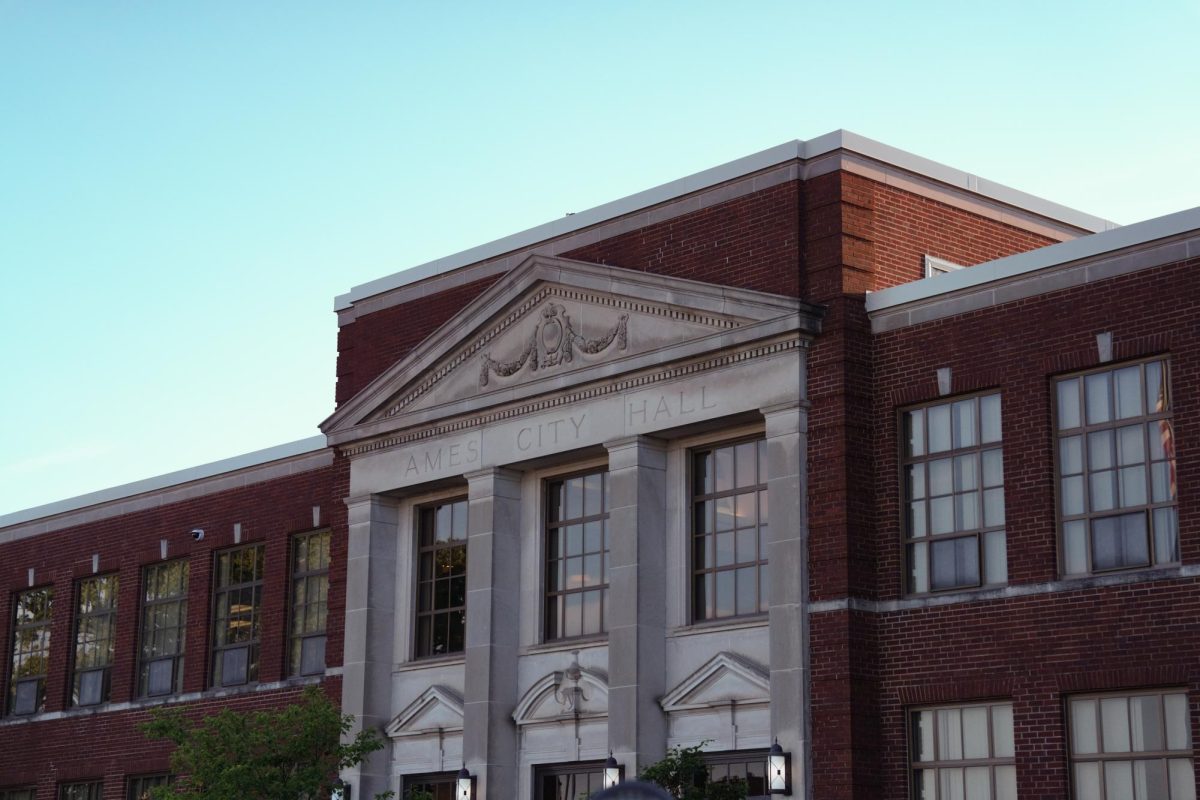Prairie area serves students who are interested in botany
February 9, 1998
Many Iowa State students who come from rural Iowa don’t have to go far in search of a natural prairie area. Although the Science II Prairie seems slightly out of place in the middle of campus, it gets utilized.
According to animal ecology Professor Erwin Klaas, the area located behind Science II used to serve as a parking lot until a group from the botany department created the restored prairie in 1973.
Klaas said the Science Prairie now functions as an outdoor laboratory available for use by classes in the biological sciences.
The area is currently being used by students in a restoration ecology course who work on the prairie at least 12 hours each semester.
He said the outdoor lab allows for students to experience “hands-on” learning.
“I can teach identification of primary prairie plants and demonstrate the problem of weeds and how to manage [them],” Klaas said.
Students have been taking inventory of the plants in the Science II Prairie for the past three years, Klass said.
He said they were able to identify 90 distinct species, 30 of which are not native to North America.
The exotic species, such as the Canada Thistle, were most likely brought to the prairie by birds.
He also added that at least six of the original species found in the prairie have now disappeared.
One interesting feature of the prairie is the use of fire to control its weeds.
Klaas said the Science II Prairie was last burned in October 1996, and the department has plans to burn the prairie again this spring.
“What we’re doing is natural,” he said. “[Fire] is a natural disturbance, and it’s a natural occurrence on the prairie.”
He said prairie plants are resistant to fire, and only weeds are killed by the burning.
He added that natural prairie fires are often caused by lightning, and that the ash from the fire “is composed of nutrients which go back into the soil and stimulate growth.”
The Science II Prairie has its own homepage which details the prairie’s history and present functions.
The page can be accessed through the Animal Ecology Department’s Web page.






